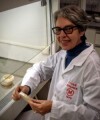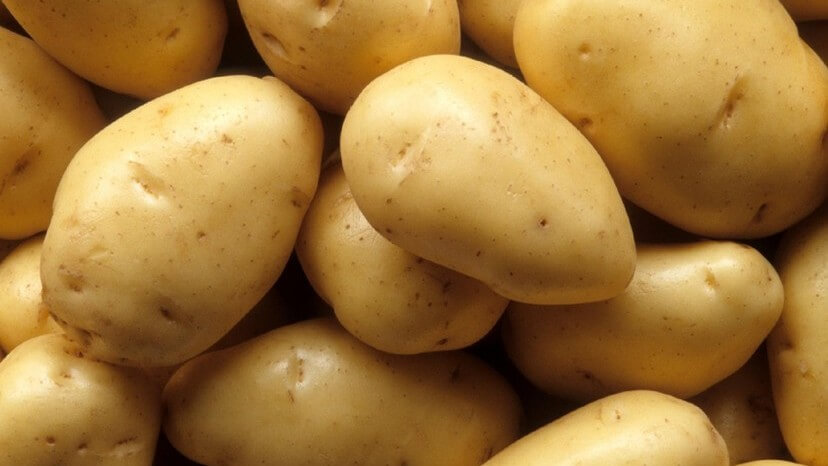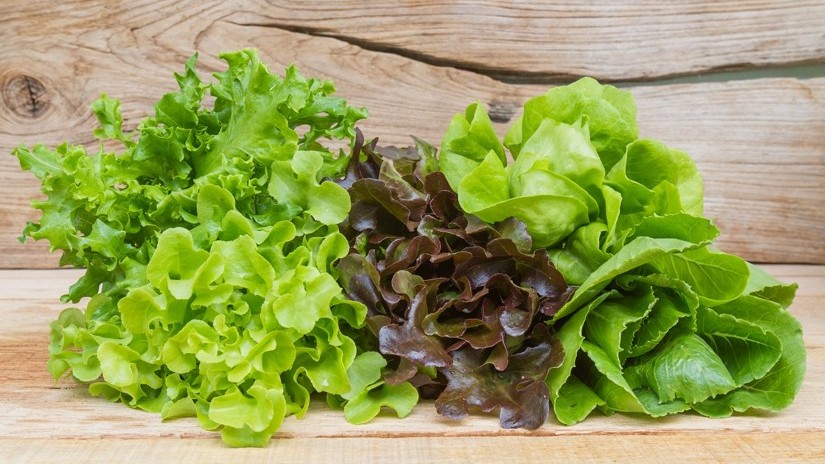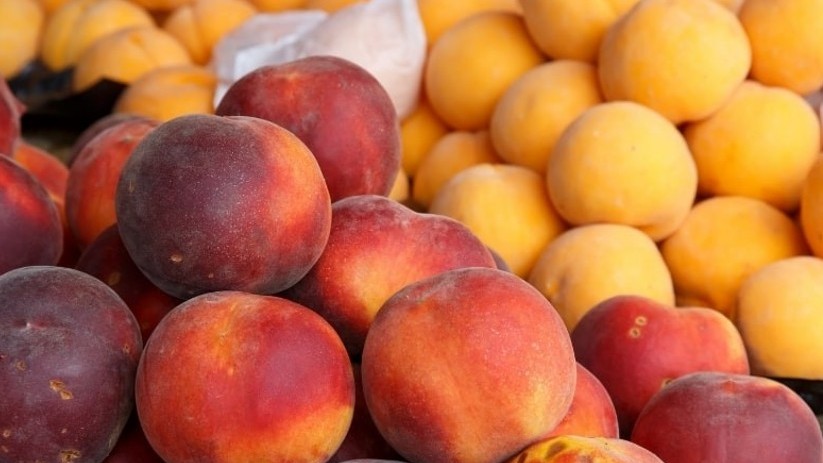Phytosanitaries
1-MCP prevents anthracnose caused by Colletotrichum gloeosporioides in postharvest fruits
Research suggests that the use of 1-MCP prevents anthracnose caused by Colletotrichum gloeosporioides in postharvest fruits. By Beatriz Riverón, Pharmaceutical Biochemist
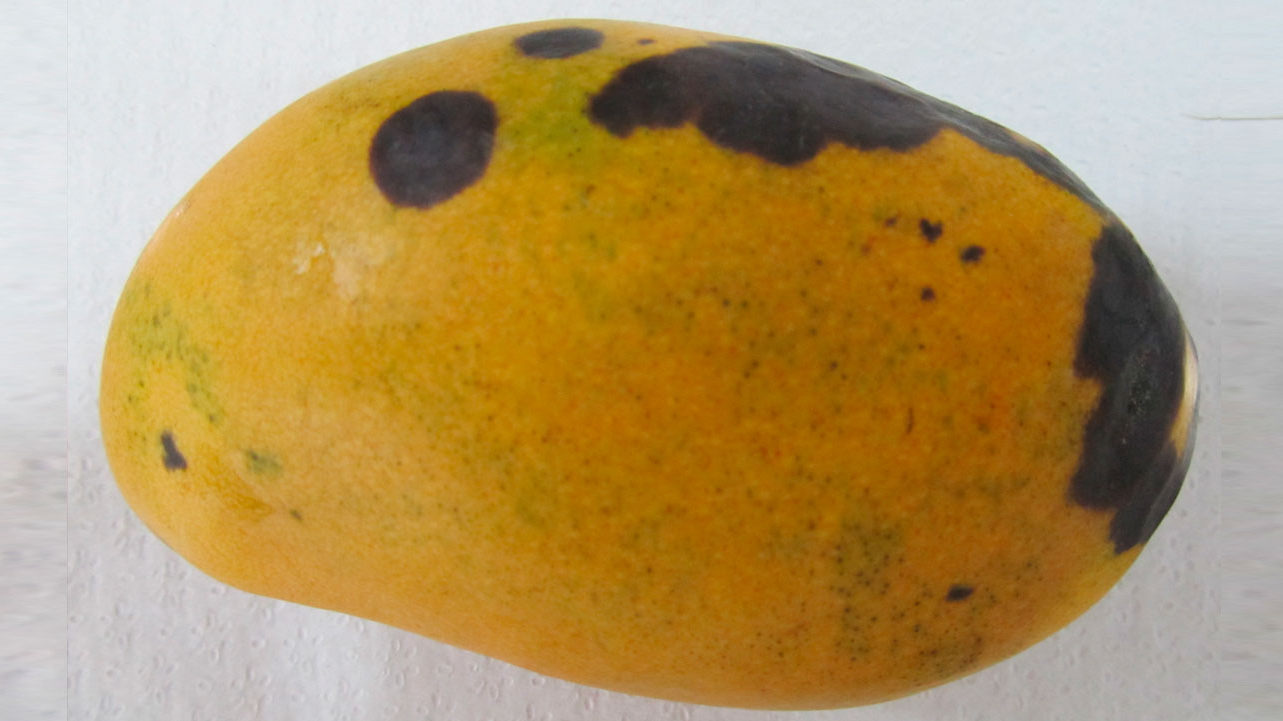
Colletotrichum species (ascomycete) form a group of pathogenic fungi causing anthracnose worldwide by infecting a broad range of host plants.
Most Colletotrichum species employ a hemibiotrophic strategy* and multiple stages during the infection life cycle. C. gloeosporioides is a significant pathogen associated with over 470 different host species, including avocado, banana, mango, coffee, and strawberries.
During infection, germinating conidia form melanized appressoria that penetrate plant tissues, developing biotrophic hyphae that survive on the plant's cuticle or in epidermal cells until the fruit ripens. Subsequently, the infection progresses to a necrotrophic stage where the hyphae feed on the host's dead cells.
Colletotrichum Perceives Ethylene
During conidial germination and appressorium formation, C. gloeosporioides exhibits ethylene-sensitive responses. Several studies have demonstrated that ethylene production in host plants is directly proportional to the fungus's pathogenicity and the severity of the resulting disease. Hence, it is possible that C. gloeosporioides perceives ethylene as a signal to initiate infection and anthracnose development.
Ethylene plays crucial roles in regulating plant development, including fruit ripening. However, its role is also significant in plant-pathogen interactions, participating in both plant defense and fungal virulence, rendering vegetables and fruits more susceptible to these pathogenic microorganisms.
1-MCP Blocks Ethylene Action and Suppresses Anthracnose
1-methylcyclopropene, 1-MCP, is an alkene that can bind to ethylene receptors in plants and block signaling mechanisms. This compound has been used to extend the shelf life and preserve post-harvest quality of various fruit and ornamental species. Moreover, it has been demonstrated to suppress anthracnose by inhibiting the development of Colletotrichum gloeosporioides.
Exposure to ethylene affects the expression of several genes in pathogenic fungi. For instance, in B. cinerea, the mRNA levels of snod-prot-like 1 (BcSPL1), a virulence factor, are induced by ethylene exposure. Similarly, it was found that the homologue of BcSPL1 in C. gloeosporioides, the ceratoplatanina effector** (CgCP1), is sensitive to ethylene.
Other proteins, including hydrophobin surface-binding protein A (HsbA), cutinase enzyme, melanin synthesis catalyzing enzymes, and chitin deacetylase enzymes, are also involved in phenotypic responses to ethylene in C. gloeosporioides. Among the ethylene-induced genes is the gene encoding the enzyme scytalone dehydratase (CgSCD1), which plays a key role in melanin biosynthesis and pathogenicity.
Recent research has shown the positive effects of 1-methylcyclopropane on anthracnose caused by C. gloeosporioides. Findings suggest that using this compound enhances the management of diseases caused by pathogenic fungi in harvested fruits.
* Hemibiotrophic pathogens: Initiate infection by nourishing from living tissues (like biotrophic pathogens), but as they progress through development and colonization, they act as necrotrophs.
** Ceratoplatanins are a group of small, secreted, cysteine-rich proteins involved in the virulence of certain plant-pathogenic fungi.
Source
Ren, D.; Shi, M.; Luo, Y.; Wang, Y.; Xu, L.; Zhu, P. (2023). Initial host invasion of Colletotrichum gloeosporioides is dampened by 1-methylcyclopropene due to blocking ethylene sensitivity of the fungus. Postharvest Biology and Technology, 205: 112544.
Ha, S. T. T.; Kim, Y. T.; Yeam, I.; Choi, H. W.; In, B. C. (2022). Molecular dissection of rose and Botrytis cinerea pathosystems affected by ethylene. Postharvest Biology and Technology, 194: 112104.
Müller, N.; Leroch, M.; Schumacher, J.; Zimmer, D.; Könnel, A.; Klug, K.; Leisen, T.; Scheuring, D.; Sommer, F.; Mühlhaus, T.; Schroda, M.; Hahn, M. (2018). Investigations on VELVET regulatory mutants confirm the role of host tissue acidification and secretion of proteins in the pathogenesis of Botrytis cinérea. New Phytologist Fundation, 219(3): 1062-1074
Pazzagli, L.; ; Seidl Seiboth, V.; Barsottini, M.;; Vargas, W. A.; Scala, A.; Mukherjee, P. K. (2014). Cerato-platanins: Elicitors and effectors; Plant Science; 228; 3-2014; 79–87. https://institutoagro.com.br/patogenos-agricolas/ Access 23/11/2023.
Picture
https://prod.senasica.gob.mx/ALERTAS/inicio/pages/single.php?noticia=15356 Access 23/11/2023.


